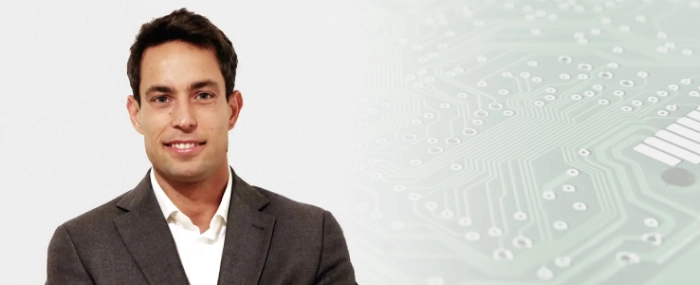
A changing landscape – how will the EMS industry look in the future
While the pandemic might be behind us, it did set a “new normal” for the operations of EMS companies – now focussing even more on supply chain, remote monitoring and working, increased automated production and diversification of procurement sources.
EMS companies were during this time facing numerous challenges – outbreaks of COVID-19 increased sick leave, decreased capacity and also caused disruptions to the supply chain; which was struggling with both lockdowns, and trade issues.
Many believed that the consolidation within the EMS industry would accelerate as the pandemic rolled over the world and later the semiconductor shortage that followed. And we do tend to see more movement in terms of M&A activity in turbulent times – so after two years of curveballs thrown at the industry, what can we expect when it comes to the consolidation of the EMS part of our industry?
Spitzer Consulting, an independent consulting company with a focus on M&A Transactions within the EMS and automation sectors, says that there are currently busy times around M&A activities. Founder and owner, Karl Spitzer, brings up the fact that many owners of European EMS companies are getting closer to retirement age – some have already reached it – and that it is likely that we will see quite some movement going forward. But there are of course other factors that will have an effect on the European EMS landscape.
So, what are the current potential issues on the horizon relating to the European EMS landscape?
During a conversation with Mr. Spitzer, the specialist mentions to Evertiq three current – potential – issues that will most likely continue to pose challenges in the European EMS landscape.
“Firstly, ongoing production and logistics interruptions. Fluctuating delivery times, ongoing production, and logistics disruptions, even with careful planning, make the status and delivery times uncertain. Additional and bigger stock of all components is needed to be built up, without being sure that they are needed,” Mr. Spitzer, says and continues.
“Short product lifecycles. With rapidly changing trends in the electronics industry and fluctuating demands, it is difficult for manufacturers to predict and maintain production goals. A closed-loop communication between sales, manufacturing, and engineering is required to achieve excellent timing, volume, and goals.”
“And thirdly, microchip frauds. Recent market shocks can cultivate favorable conditions for fraudsters. Accordingly, EMS providers should work with proven electronic component marketplaces to purchase parts indirectly to keep bad actors out of their networks.”
Since the pandemic hit us with full force, there have been more and more voices talking about local production for the local market, do you think that we might see bigger players from Asia and America stepping into Europe via acquisitions of smaller and mid-size companies?
“This is a good question. Based on the recordings we can say that EMS consolidations accounted for most of the transactions in Q1/2022, while seeing a slight decrease in total numbers of transactions compared to Q4/2021,” Mr. Spitzer explains.
Mr. Spitzer continues to say that strategic investors, such as EMS firms, account for 71% of the transactions of small EMS companies.
“We see that bigger EMS companies from Asia and America are seeking for opportunities to enter or develop their current presence in the European market. But not only strategic investors, but also financial investors, ergo private equity firms, are developing their portfolio through for example add-on investments or building platforms.”
The pandemic, and the semiconductor shortages that followed, brought on major challenges for smaller EMS providers, how do you think this will affect the European M&A activities in the near future?
Karl Spitzer states that despite the pandemic, supply chain issues and the global situation around inflation, the transaction activity within the EMS sector stayed on a strong level and the terms relatively consistent.
“On the acquisition side, strategic and financial investors are prepared for corporate development. The industry receives support through the development of new technologies in E-mobility, additional spending in security and defense and in general more electronics,” Karl Spitzer, says and continues. “Out of the perspective of smaller EMS companies, we expect due to the different challenges and market uncertainties together with the demographic trend an increasing number of EMS owners who ask themselves the question how to develop the company to the next generation?”
Karl Spitzer ends by stating that he expects that these trends will drive transaction activities around European EMS providers in the future and will lead to further EMS consolidation.

